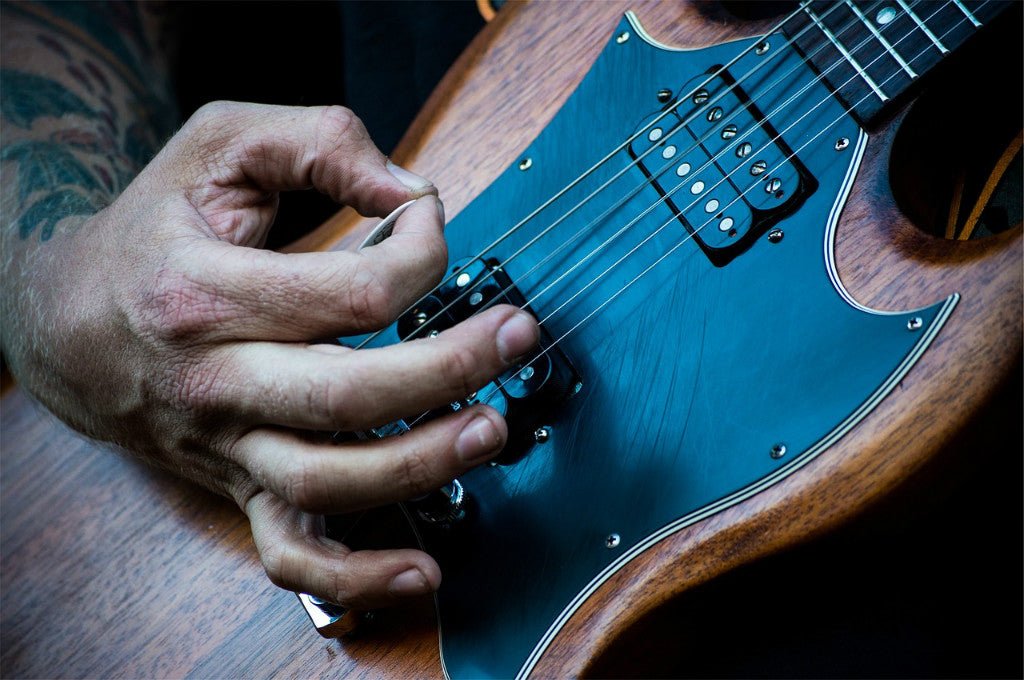
Playing the electric guitar: history and interesting facts
First of all, it's worth noting that, unlike the classical or Spanish guitar, whose strings are made of nylon, the electric guitar has metal strings. Although it's a recent invention, dating back to 1931, it has marked the history of guitar music and music in general. Above all, that of rock and roll, which symbolizes the rebelliousness of an attitude and whose history would be incomprehensible without the electric guitar. But the electric guitar hasn't only nourished rock and roll. It also marked a turning point in the history of funk. Furthermore, its use has never meant a rejection of other types of guitar: classicism and modernity go hand in hand through the electric guitar, as this instrument is also played by many guitarists and composers who love the Spanish guitar. From a historical perspective, it's worth noting that the first electric guitar marketed by Gibson was the ES-150 model, in 1936. Furthermore, an electric guitar can be a work of art: the Stratocaster guitar was auctioned for $2.6 million. Initially, the electric guitar emerged from a need among jazz musicians, seeking to enhance sound quality. In fact, this instrument was created by jazz musician Les Paul. Finally, the creation of the amplifier in 1935 was also key to guitar acoustics, as it incorporated an electric system. Thanks to these acoustics, jazz musicians were also able to play a greater role in orchestras, due to the improved sound of their instruments.












